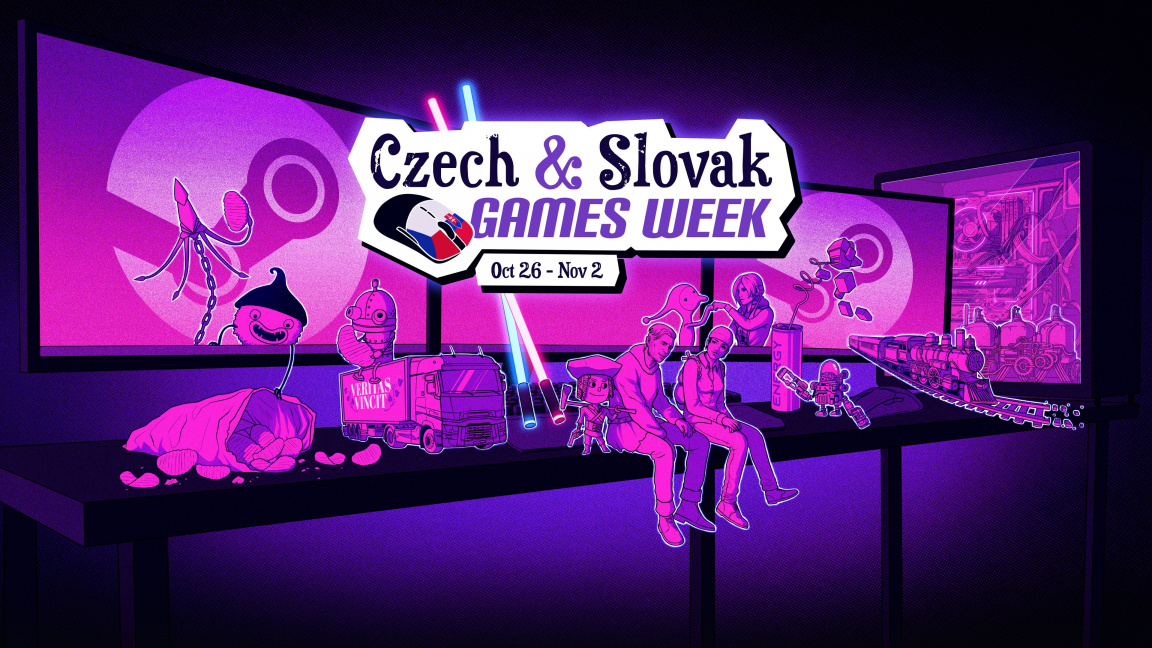This world is becoming complex, too complex. Especially if even those who shouldn’t be wrong are wrong. And in this case, those who have designed the new Denon, Marantz and Yamaha receivers with HDMI 2.1 port and “8K” compatible were wrong.
Today there are not many who have a complete home cinema system (unfortunately), but who thinks of connecting the new Xbox Series X console, the PS5 or a gaming PC with NVIDIA 30×0 cards through a modern amplifier to then go to a compatible display they might face a nasty surprise: in some cases it doesn’t work, the screen comes out black.

Although the thing is serious, and then we explain why, there is a clarification to make: the problem exists only when you try to reproduce a content in 4K at 120 fps and with active HDR, and the most affected in this case should be owners of a gaming PC because in the console field, games in 4K at 120 fps with HDR will not be so frequent. The problem is also confirmed at the moment for the Xbox Series X, but there has been no way to try it on PS5: the Sony console may be immune to it. We remain with the doubt.
What happened? In order to transmit high frame rate 4K and 8K signals, HDMI 2.1 has changed the digital signal transmission technique, replacing TMDS technology (used since the days of DVI) for higher resolutions. with the new higher performing Fixed Rate Link or FRL.
Using Fixed Rate Link and an Ultra High Speed HDMI cable it is possible to transmit video in 8K at 60 fps or in 4K at 120 fps in Component 4: 2: 0 format.
However, we can go further: HDMI 2.1 in fact includes the ability to compress images with a lossless video encoding format called DSC. This technology developed for DisplayPort allows you to manage even higher resolutions such as 8K at 60p in RGB, 8K at 120p or 10K up to 120p.
The HDMI controllers that Marantz, Denon and Yamaha used for their amplifiers assume that a signal transmitted using Fixed Rate Link also has DSC compression activated. If an uncompressed Fixed Rate Link signal arrives, they cannot display it.
NVIDIA cards and the Xbox Series X, when out in 4K at 120p and active HDR, use Fixed Rate Link but they come out with an uncompressed signal also because it wasn’t necessary.
The specifications are unfortunately ambiguous, because HDMI 2.1 has left it as an option to the source producers whether to implement compression or not. Omelette made.
We talked about “HDR” because theoretically a 4K signal at 120 fps, 8 bit 4: 2: 0 occupies about 16 Gbps of bandwidth and therefore could also travel on HDMI 2.0, but it would still be a limitation also in terms of quality.
Sound United, the company that has Marantz and Denon in its hands, released to Forbes a statement that makes you smile if you read the solutions: “play at 60 fps”.
“Some new gaming devices that support 4K / 120Hz output may not fully work with Denon (or Marantz) 8K AVRs. This incompatibility problem is caused by a dialogue problem between the HDMI chips of the two devices. gaming device is connected to the amplifier via the HDMI 8K input and the latter is set to output at 4K / 120Hz [..] you may not see the video and you may not hear system audio processed through the amplifier. This issue is only present when a TV or display that supports 4K / 120Hz is used.
We are currently investigating the issue further, and will offer a permanent solution at a later date. In the meantime, we would like to provide a couple of solutions to prevent the problem in its current state:
You can connect the system to the display directly via HDMI and use the display’s ARC / eARC functionality to relay the native audio back to the AVR using the HDMI cable connected between the AVR and the display.
Another solution is to leave or change the source video output at 4K / 60Hz instead of 4K / 120Hz until a permanent solution is available. This will ensure reliable communication between the source, the AVR and the display.
We apologize for this inconvenience and are working tirelessly to release a permanent solution so that you can enjoy the 4K / 120Hz experience using the latest sources with your AVR. We will soon have an update on the timing of a permanent solution. We appreciate your patience”.
It is difficult to understand what the permanent solution could be and we would not even want to come to hasty conclusions: a new version of the chip may be needed, an update may be enough. What is certain is that anyone who buys an AV amplifier believing it to be compatible with the next gen risks finding a product that is lame and not functioning as it should.
–

